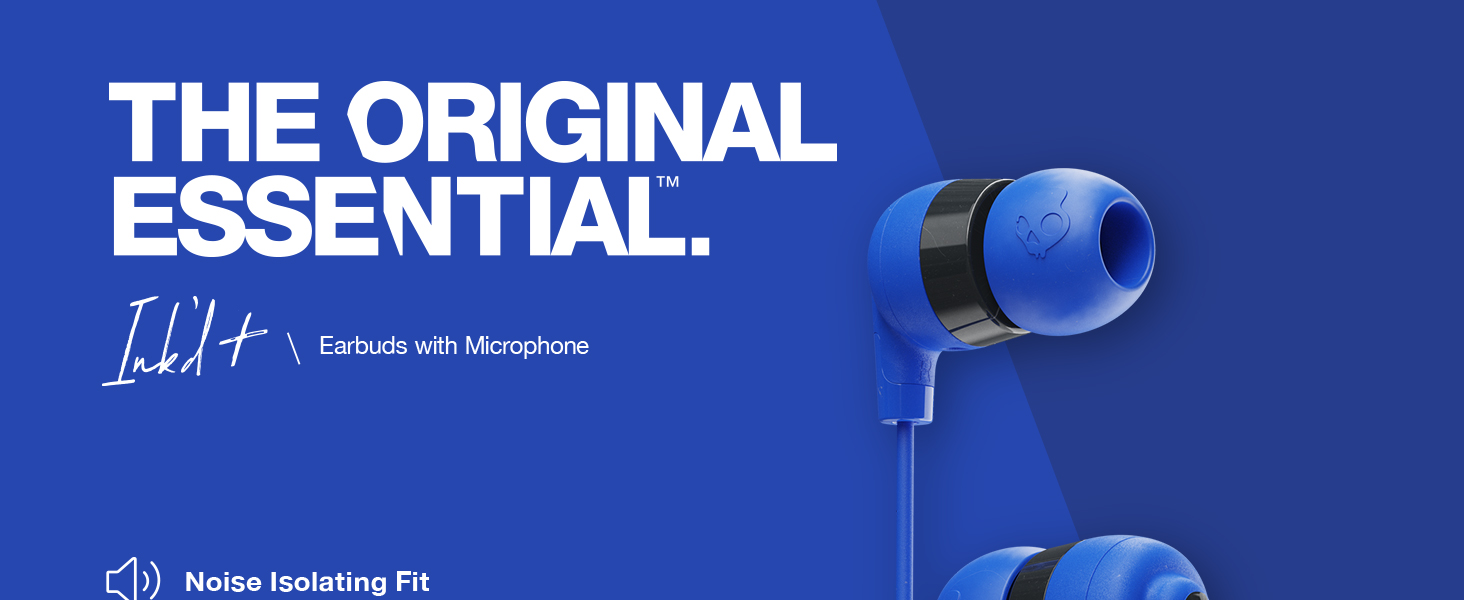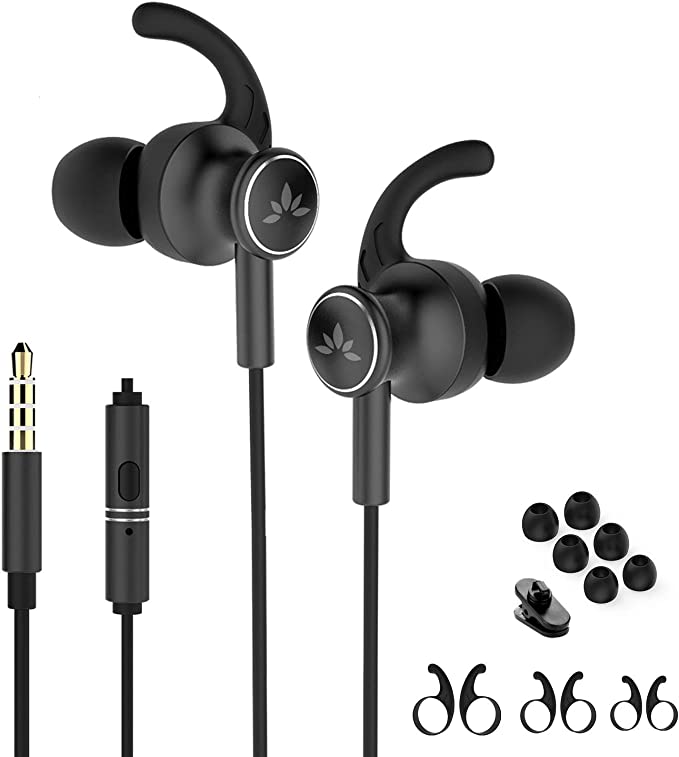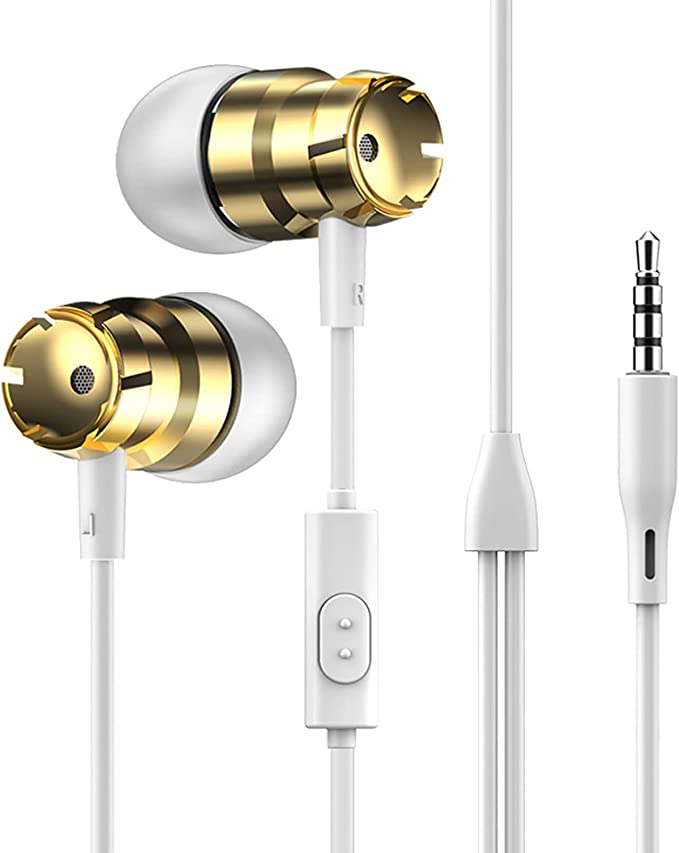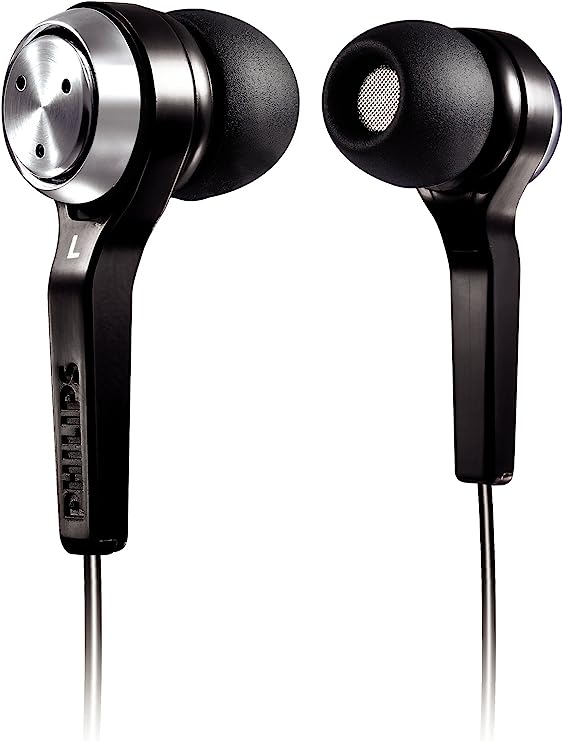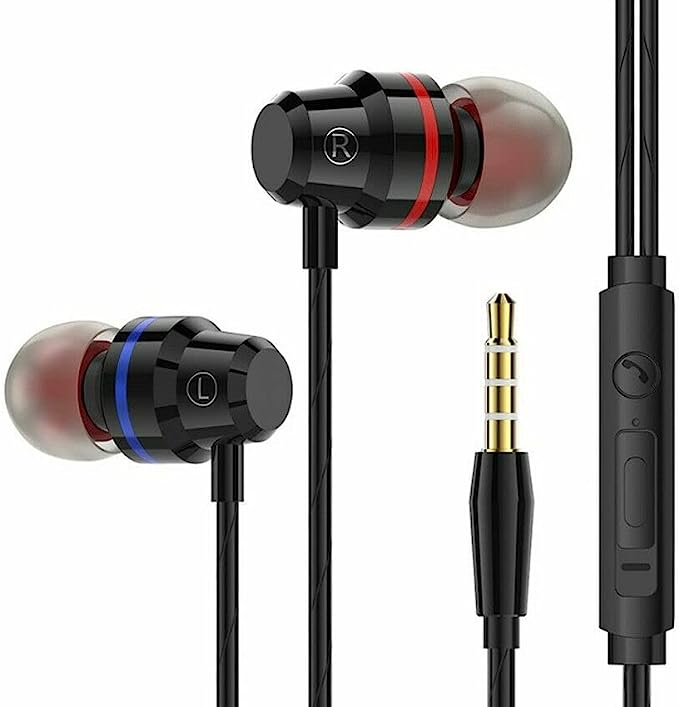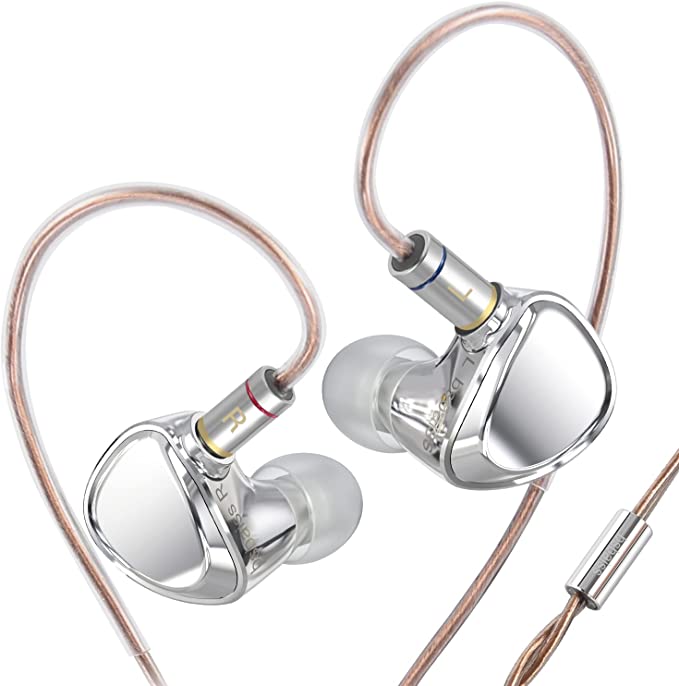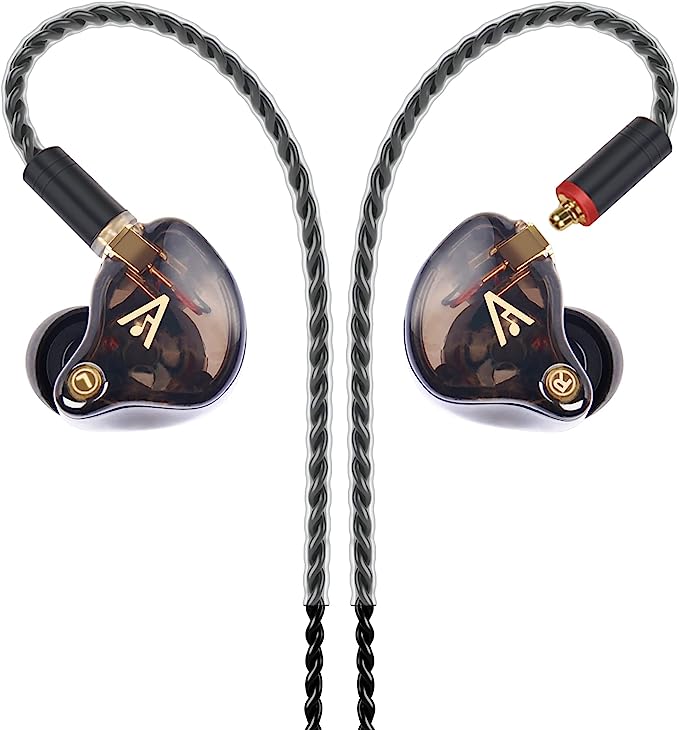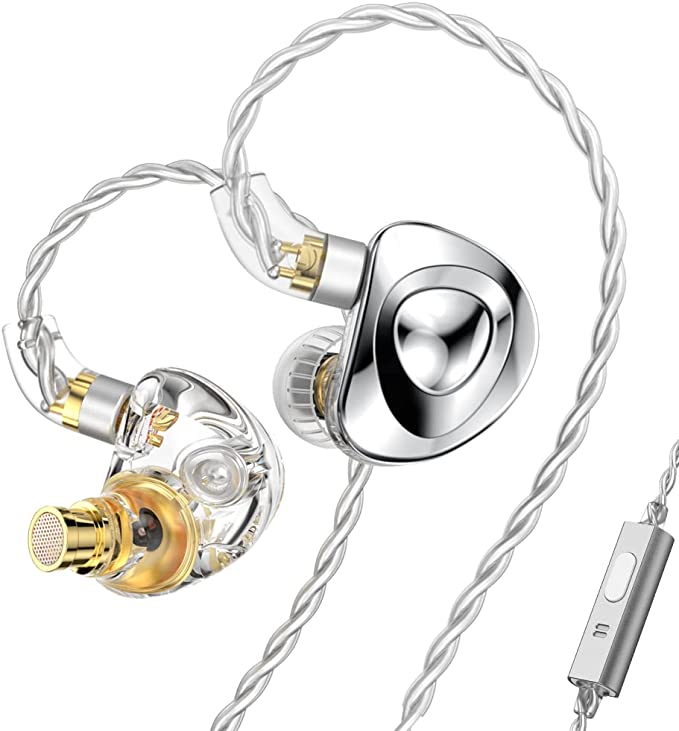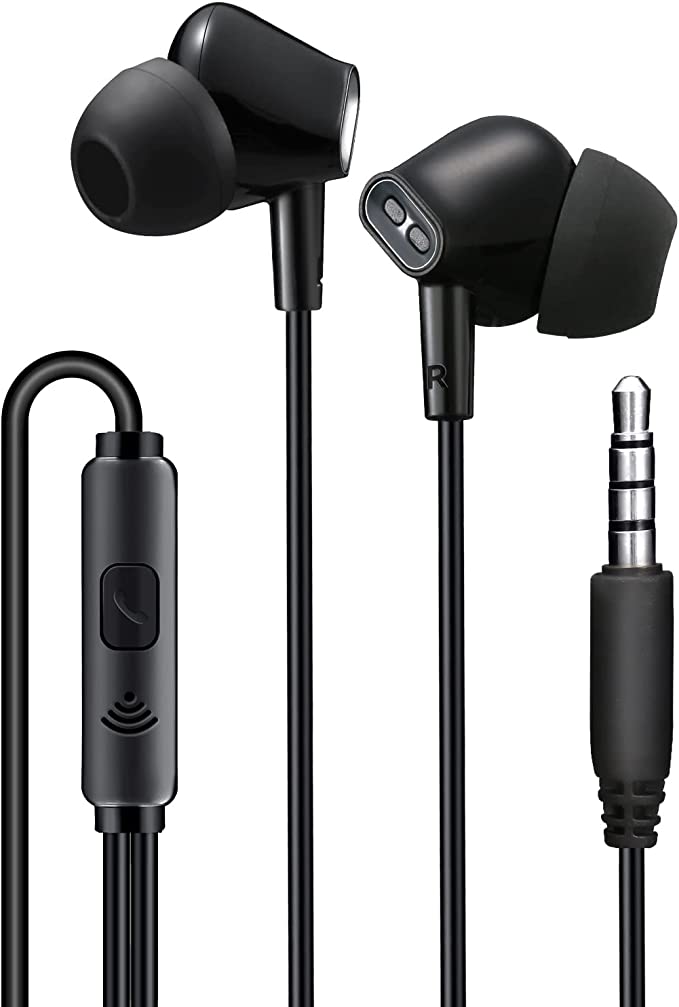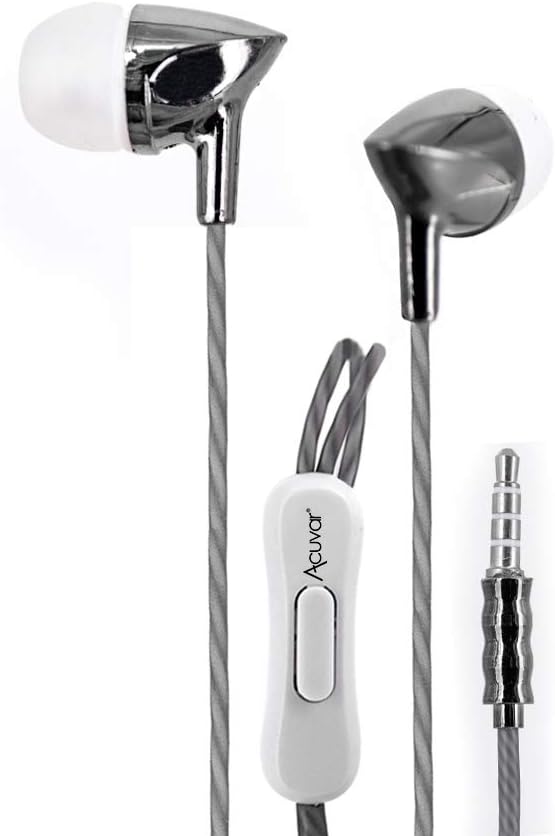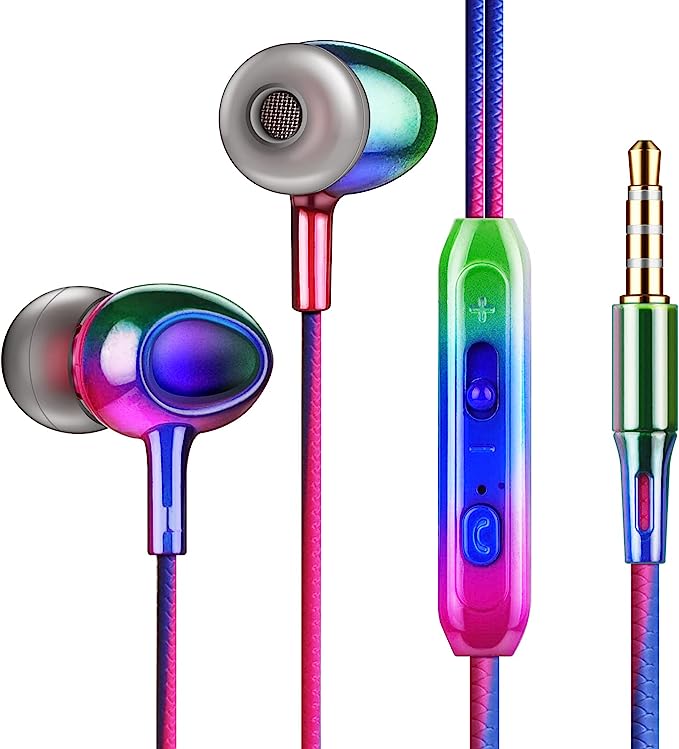iHip DCF1030BM Vintage Batman Earbuds: The Science of Sound for the Caped Crusader Fan
Update on May 15, 2025, 10:14 a.m.
It’s a curious human tendency, isn’t it? The way we’re drawn to objects that reflect our passions, transforming everyday items into badges of identity. A simple coffee mug, a keychain, or indeed, a pair of earbuds, can become a statement when adorned with the emblem of a beloved character. This brings us to an interesting specimen from the world where pop culture meets personal audio: the iHip DCF1030BM Vintage Batman Face Hi-Fi Noise Reducing Printed EarBuds. While this particular Bat-gadget is noted as “currently unavailable,” its existence and design invite us to explore not just its aesthetic appeal, but the fascinating science and engineering packed into such compact devices. So, let’s don our analytical cowls and delve into the world these Batman Earbuds represent.

The Bat-Signal in Your Ears: Aesthetics and Identity
The first thing that strikes you about the iHip DCF1030BM is, naturally, its overt dedication to the Caped Crusader. The product information describes a “Vintage Batman Face,” a “3D printed design,” an “official wire slider,” and even the “team insignia on the head jack.” These aren’t just earbuds; they’re wearable fan art, a miniature Bat-Signal for your ears. For enthusiasts of Comic Character Audio, the appeal is immediate. It’s a way to carry a piece of Gotham City with you, a subtle (or not-so-subtle) nod to a universe of stories and ideals. This desire for personal expression through branded merchandise is a powerful driver in consumer choices, allowing us to broadcast affiliations and interests, sparking connections with like-minded individuals. The described “Black/Blue” color scheme further anchors it in the familiar Batman aesthetic, making these iHip DCF1030BM earbuds instantly recognizable to fellow fans.

Unmasking the Sound: The Fundamentals of How Earbuds Sing
Beyond the iconic bat emblem, what makes any earbud, themed or otherwise, actually produce sound? The journey from your digital music file to the music you perceive is a miniature marvel of electromechanical engineering. When you plug these In-Ear Headphones into your device, electrical signals, analogues of the sound waves, travel down the wire.
At the heart of each earbud lies a tiny, critical component called a transducer, or more commonly, a ‘driver’. Think of it as a miniature loudspeaker. In most earbuds of this type, it’s a dynamic driver. This typically consists of a small diaphragm (a thin, flexible membrane), a voice coil (a coil of fine wire attached to the diaphragm), and a tiny magnet. When the electrical audio signals reach the voice coil, it creates a fluctuating magnetic field that interacts with the field of the permanent magnet. This interaction forces the voice coil, and thus the diaphragm, to vibrate rapidly back and forth. These vibrations are incredibly precise, mirroring the frequencies and amplitudes of the original sound. The diaphragm pushes and pulls the air next to it, creating pressure waves – sound waves – that travel into your ear canal, eventually reaching your eardrum, which then transmits these vibrations further into the inner ear where they are converted into nerve impulses your brain interprets as sound.
The term “Hi-Fi” in the product’s name stands for “High Fidelity.” In the realm of audio, fidelity refers to the faithfulness of the reproduced sound to the original recording. While achieving true audiophile-grade high fidelity in compact, budget-friendly themed earbuds can be a significant engineering challenge, the aspiration itself points towards a design goal: to deliver an enjoyable and reasonably accurate listening experience. The quality of the driver, the materials used, and the acoustic design of the earbud housing all play crucial roles in how closely the output matches this “Hi-Fi” ideal.

Into the Quiet Knight: The Science of In-Ear Sound Isolation
One of the most lauded features in the product description for these iHip earbuds is “Noise Reducing,” later clarified as “Sound Isolation” and “Noise Isolating.” This is a key characteristic of many In-Ear Headphones, and the science behind it is quite elegant, relying on a principle called passive noise isolation.
Imagine you’re trying to listen to your favorite podcast on a rattling commuter train, or perhaps attempting to focus on an audiobook in a bustling café. The cacophony of the outside world intrudes, forcing you to crank up the volume, which isn’t great for your music’s clarity or your long-term hearing health. This is where passive noise isolation steps in. Unlike its more complex cousin, Active Noise Cancellation (ANC) – which uses microphones and sophisticated electronics to generate ‘anti-noise’ to cancel out ambient sounds – passive isolation is beautifully straightforward, working much like a high-quality earplug.
The “In Ear” form factor is paramount here. These earbuds are designed to be inserted directly into your ear canal. When you achieve a good seal with the eartips (often made of silicone or memory foam in various earbuds, though the specific material for the DCF1030BM isn’t detailed), you create a physical barrier. This barrier significantly impedes the transmission of external sound waves, particularly in the mid to high-frequency range – the kinds of sounds like human chatter, the hiss of an espresso machine, or the clickety-clack of a keyboard.
Think of your ear canal as a small acoustic chamber. By sealing its entrance, you’re essentially increasing the acoustic impedance for external sounds trying to get in. The effectiveness of this seal is crucial. A poor fit means gaps, and gaps mean sound leaks, diminishing the isolation effect. This is why most in-ear headphones come with multiple sizes of eartips; finding the right fit isn’t just about comfort, it’s fundamental to their acoustic performance.
The benefit? With a good portion of the outside noise physically blocked, the audio from the earbuds themselves doesn’t have to compete as fiercely. This allows you to listen at more moderate, safer volumes and perceive greater detail in your music or spoken word content. The world outside doesn’t disappear entirely, but it’s significantly dampened, allowing for a more immersive and focused listening experience. The iHip product description mentioning they are “Noise Isolating and engineered for quality listening” suggests that leveraging this passive acoustic principle was a conscious design choice.
For the user, this translates to clearer audio during a noisy commute, better focus when studying in a shared space, or simply a more private listening session. While the provided user feedback for the iHip earbuds is mixed on overall sound quality and durability (as is common for many novelty electronics), the principle of noise isolation through an in-ear design is scientifically sound. The degree of its effectiveness in any specific earbud, however, hinges on that crucial eartip seal and the acoustic properties of the earbud housing itself.
The Utility Belt of Audio: Wired for Fidelity
In an era increasingly dominated by Bluetooth and wireless everything, the iHip DCF1030BM adheres to the traditional “Wired” connection. While perhaps seen as old-fashioned by some, a wired connection carries distinct, often underappreciated, advantages, especially when considering audio fidelity.
A physical cable transmits the audio signal directly from the source device to the earbud drivers. This direct path can minimize the potential for signal compression, interference, or latency that can sometimes affect wireless audio transmission, particularly in lower-cost devices. There’s no need to worry about Bluetooth codecs, pairing issues, or the earbuds’ batteries running out mid-song – they draw their power directly from the connected device. The product information notes compatibility with “all standard headphone jack items including iPhone, iPod, Blackberry, Walkmans and more.” This refers to the once-ubiquitous 3.5mm TRS (Tip-Ring-Sleeve) or TRRS (Tip-Ring-Ring-Sleeve) connector, a stalwart of the audio world for decades, lauded for its simplicity and reliability. While many modern smartphones have unfortunately abandoned this port, its legacy in audio equipment remains strong.
The Gotham Gazette: What Users Hear (Interpreting Feedback on Themed Tech)
When we look at products that blend strong branding with functional technology, like these Batman earbuds, it’s insightful to consider the user experience landscape. The provided information indicates a 3.4 out of 5-star average from 50 ratings for the iHip DCF1030BM, with individual reviews painting a varied picture – some users (like one for a similar Wonder Woman model) lauded “great sound and quality,” while others found the sound “subpar” or reported durability issues such as one earbud failing or problems near the cable connector.
This spectrum of feedback is not uncommon for themed electronics where the novelty and aesthetic appeal are major purchasing drivers. For some users, the joy of owning a Batman-themed accessory might outweigh minor acoustic imperfections. For others, audio fidelity or robustness might be paramount. Expectations play a huge role. The manufacturer states these are “High Quality” and “engineered for quality listening,” and the in-ear design intends to offer effective noise isolation. A stated “5 years warranty” (as mentioned in the product details) would typically signal a degree of manufacturer confidence in the product’s longevity, though its applicability for a “currently unavailable” item is, of course, moot. The key for consumers of such items is often to balance the desire for a unique, themed product with realistic expectations of its performance relative to its price point and category.
Beyond the Cowl: The Engineering Balancing Act
Creating a product like the iHip DCF1030BM involves a delicate balancing act for designers and engineers. There’s the aesthetic imperative – it must look like Batman, feel like Batman merchandise. This involves choices in materials, 3D modeling for the logo, color selection, and overall industrial design. Then there’s the functional imperative – it must work acceptably well as a pair of earbuds.
Cost is almost invariably a major constraint, especially for mass-market novelty items. Decisions about the quality of the audio drivers, the type of cabling used, the robustness of the solder joints, and the precision of the assembly all impact the final cost and, consequently, the performance and durability. Engineers must often make trade-offs: can we use a slightly less expensive driver if we invest more in the themed molding? Will the target audience, likely attracted first by the Batman branding, forgive a sound quality that’s good-but-not-audiophile-grade if the price is right and the design is compelling? Understanding the target consumer – whether they are primarily collectors, casual listeners, or dedicated fans prioritizing the theme – is crucial in navigating these engineering and product development decisions.

Conclusion: An Echo in the Batcave – The Legacy of Sound and Symbol
The iHip DCF1030BM Vintage Batman Earbuds, though perhaps a fleeting presence in the vast marketplace of electronics, serve as a fascinating lens. They reflect our desire to personalize our technology, to wear our stories, and to find joy in the intersection of different worlds – in this case, the heroic narratives of DC Comics and the personal experience of sound.
Beyond the striking visuals, the underlying science of how these, or any in-ear headphones, deliver sound and isolate the listener from their surroundings is a testament to decades of acoustic research and engineering refinement. From the precise vibrations of a miniature diaphragm to the critical importance of an airtight seal in the ear canal, there’s a quiet symphony of physics at play. Whether such a product is sought as a collector’s keepsake or for casual listening, it reminds us that even the most seemingly simple gadgets can embody complex principles, and that the call of the Bat-Signal can, indeed, be a very personal soundtrack. The true legacy of such items is perhaps in how they spark curiosity, merging the imaginative with the tangible, and reminding us there’s often more science in our pockets and on our desks than we might initially perceive.
